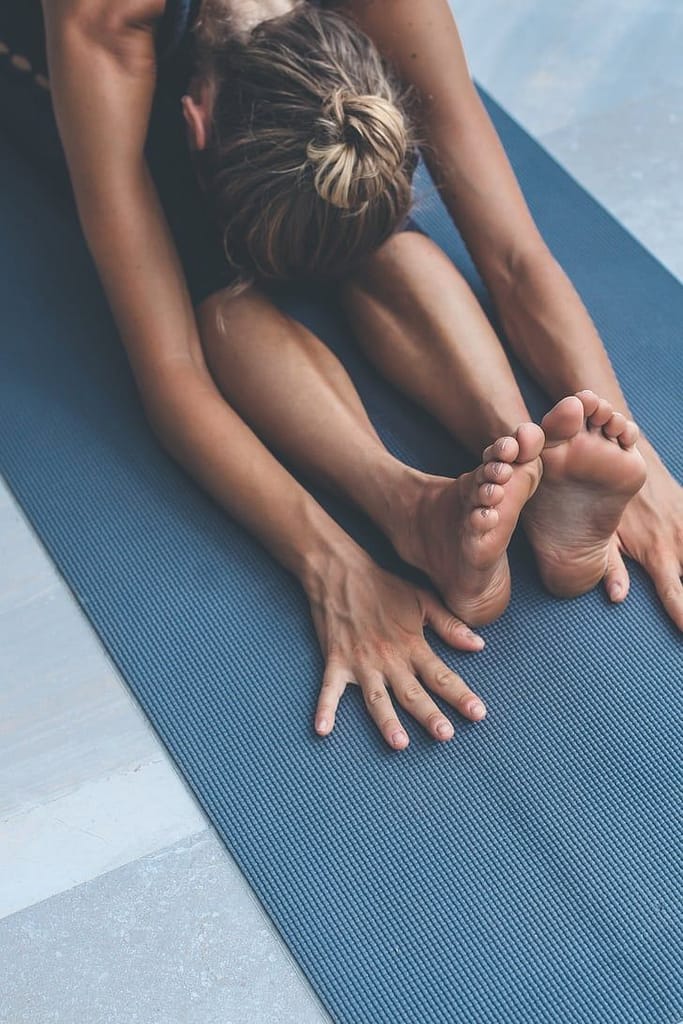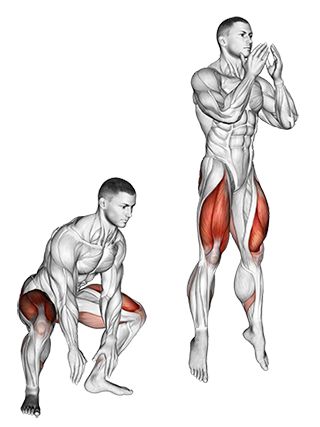In the fast-paced world we live in, maintaining physical health and preventing injuries is more important than ever. One of the most effective ways to keep your body in optimal condition and minimize the risk of injury is through proper stretching routines. But what exactly constitutes an effective stretching routine? How can you ensure that your stretching not only improves flexibility but also keeps injuries at bay? In this comprehensive guide, we’ll delve deep into effective stretching routines for injury prevention, offering insights, tips, and techniques that can help you stay in top shape.
Understanding the Importance of Stretching
Before we dive into specific routines, it’s crucial to understand why stretching is such a vital component of injury prevention. Stretching helps to maintain and improve muscle flexibility and joint range of motion, which are essential for overall physical health. Regular stretching can:

- Reduce muscle stiffness: By lengthening muscles, stretching helps alleviate tension, which can otherwise lead to discomfort and injury.
- Enhance blood flow: Stretching increases circulation, promoting better oxygen and nutrient delivery to muscles.
- Improve posture and alignment: Flexibility in muscles and joints supports proper posture, reducing the risk of misalignments and strain.
The Science Behind Stretching

Stretching is not just about touching your toes or holding a pose; it’s a science. Stretching affects the musculotendinous junctions and muscle fibers, stimulating the production of collagen and enhancing the elasticity of your muscles. This physiological process helps in:
- Increasing muscle temperature: Warmer muscles are more pliable and less prone to injury.
- Decreasing muscle soreness: Effective stretching can help in reducing delayed onset muscle soreness (DOMS) after intense physical activities.
- Balancing muscle length: Stretching helps correct muscle imbalances that could lead to strain and injuries.
Key Principles of Effective Stretching


To create an effective stretching routine, keep the following principles in mind:
- Consistency is Key: Regular stretching is more beneficial than occasional sessions. Aim to incorporate stretching into your daily routine.
- Warm-Up First: Always warm up before stretching. A brief aerobic exercise like jogging or jumping jacks increases blood flow to your muscles, preparing them for stretching.
- Proper Technique: Use correct techniques to avoid injury. Avoid bouncing or jerking movements which can cause muscle strain.
- Listen to Your Body: Stretching should never cause pain. Stretch to the point of mild discomfort, but not pain.
Effective Stretching Routines for Different Activities
Different activities and sports require specific stretching routines to prevent injuries. Here’s a breakdown of effective stretching routines tailored for various activities:
1. Stretching Routine for Runners
Runners are particularly prone to injuries such as shin splints, hamstring strains, and IT band syndrome. A targeted stretching routine can help prevent these issues.
Pre-Run Stretches:
- Dynamic Leg Swings: Swing each leg forward and backward to loosen up the hip flexors and hamstrings.
- Walking Lunges: Step forward into a lunge, stretching the hip flexors and quads. Alternate legs as you move forward.
- Hip Circles: Stand on one leg and make large circles with the other leg to warm up the hip joints.



Post-Run Stretches:
- Standing Quad Stretch: Stand on one leg, pull the opposite foot towards your glutes, and hold to stretch the quads.
- Hamstring Stretch: Place one leg on a raised surface, lean forward, and reach towards your toes to stretch the hamstrings.
- Calf Stretch: Place your hands on a wall, extend one leg behind you, and press the heel down to stretch the calf muscles.



2. Stretching Routine for Weightlifters
Weightlifters often experience muscle tightness and joint stiffness. A comprehensive stretching routine can enhance flexibility and recovery.
Pre-Workout Stretches:
- Arm Circles: Extend your arms and make circles to warm up the shoulders.
- Dynamic Chest Stretch: Stretch the chest by clasping your hands behind your back and lifting them upwards while keeping your arms straight.
- Bodyweight Squats: Perform slow squats to stretch and warm up the legs and hips.


Post-Workout Stretches:
- Triceps Stretch: Raise one arm overhead, bend the elbow, and use the other hand to press the elbow down to stretch the triceps.
- Pigeon Pose: Place one leg in front and extend the other leg behind, lowering your torso towards the floor to stretch the hips and glutes.
- Spinal Twist: Sit on the floor with one leg extended and the other bent. Twist your torso towards the bent leg to stretch the spine and lower back.



3. Stretching Routine for Office Workers
Office workers often suffer from back pain and tight muscles due to prolonged sitting. A stretching routine can alleviate these issues.
Daily Office Stretches:
- Neck Stretches: Gently tilt your head towards one shoulder, hold, and repeat on the other side to relieve neck stiffness.
- Seated Forward Bend: While seated, reach for your toes to stretch the lower back and hamstrings.
- Desk Shoulder Stretch: Place one arm across your chest and use the other arm to press it closer to your body, stretching the shoulder.
Midday Stretches:
- Standing Side Stretch: Stand and reach one arm overhead, leaning to the opposite side to stretch the side muscles.
- Standing Quad Stretch: Similar to the runner’s quad stretch, but done standing next to your desk or chair for support.
- Torso Twists: While seated, twist your torso from side to side to engage and stretch your back muscles.
4. Stretching Routine for Yoga Enthusiasts
Yoga practitioners benefit from a stretching routine that complements their practice, enhancing flexibility and balance.
Warm-Up Stretches:
- Cat-Cow Stretch: Move between arching and rounding your back to warm up the spine.
- Sun Salutations: A series of poses that involve reaching up, bending forward, and transitioning through a plank position to warm up the whole body.


Post-Yoga Stretches:
- Child’s Pose: Sit back on your heels, extend your arms forward, and lower your torso to stretch the back and hips.
- Downward Dog: From a plank position, lift your hips and press your heels towards the floor to stretch the hamstrings and calves.
- Seated Forward Bend: Sit with legs extended, reach forward, and hold to stretch the hamstrings and lower back.



Tips for Incorporating Stretching into Your Routine
Incorporating stretching into your daily routine doesn’t have to be daunting. Here are some practical tips:
- Set Reminders: Use apps or alarms to remind you to stretch at regular intervals throughout the day.
- Make It a Habit: Integrate stretching into your existing routines, like stretching while watching TV or during breaks at work.
- Track Your Progress: Keep a log of your stretching routine and progress to stay motivated and see improvements over time.
Common Mistakes to Avoid

Even with the best intentions, mistakes can happen. Here are some common stretching mistakes and how to avoid them:
- Overstretching: Stretching too far can cause injury. Always stretch within a comfortable range.
- Skipping Warm-Ups: Stretching cold muscles can lead to strain. Always warm up before stretching.
- Holding Breath: Breathe deeply and evenly while stretching. Holding your breath can increase tension and reduce effectiveness.
Effective stretching routines are crucial for injury prevention and overall physical health. By understanding the importance of stretching, adhering to key principles, and tailoring routines to specific activities, you can significantly reduce your risk of injury. Remember to stay consistent, use proper techniques, and listen to your body to reap the full benefits of stretching.
